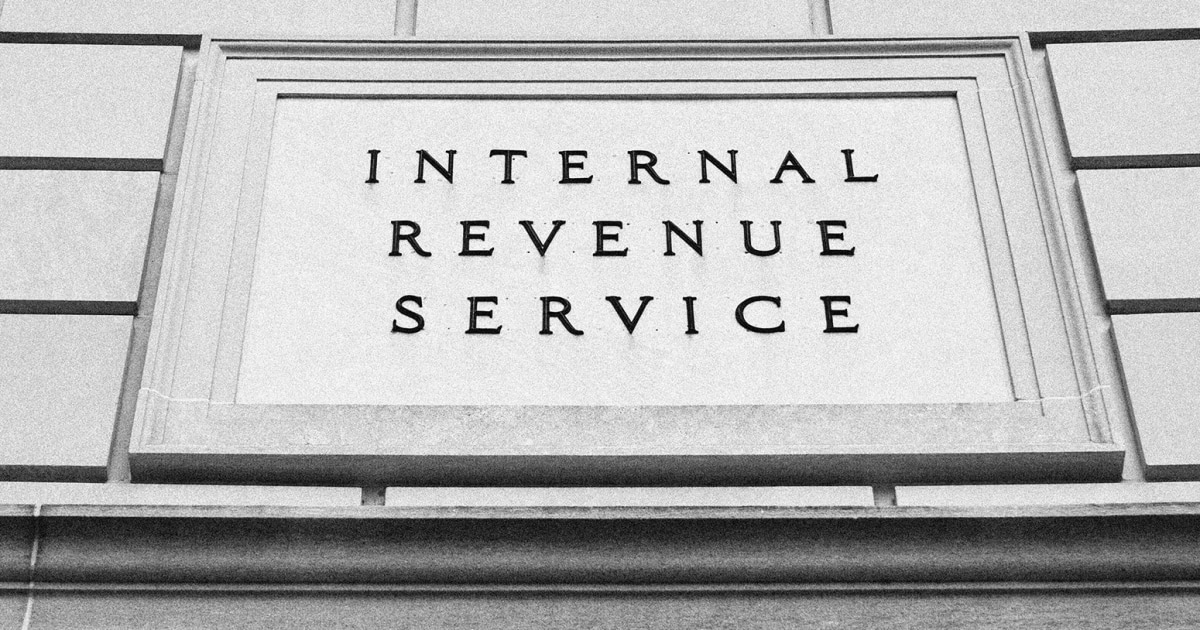The third-quarter estimated tax deadline for 2024 is Sept. 16, and skipping a payment could trigger a penalty, according to the IRS.
Typically, you need estimated payments for any income without tax withholdings, such as earnings from self-employment, contract or gig economy work and investment or retirement income.
Some filers also need estimated payments if they haven’t withheld enough taxes from a full-time or part-time job.
Estimated payments can help avoid “refund disappointment or balance due shock,” said Mark Steber, chief tax information officer of Jackson Hewitt.
If you’re unsure, there’s a general “rule of thumb” for who should make a payment, the IRS outlined in a news release last week.
You should make estimated tax payments if you expect to owe at least $1,000 in taxes after subtracting your 2024 withholdings and tax credits or if you can’t meet so-called “safe harbor rules,” according to the IRS.
The safe harbor rules say you can avoid IRS penalties by paying at least 90% of your 2024 tax liability or 100% of 2023 taxes, whichever is smaller. You must meet these thresholds throughout the year.
That percentage jumps to 110% if your 2023 adjusted gross income was $150,000 or higher. You can find adjusted gross income on line 11 of Form 1040 from your 2023 tax return.
How to avoid a ‘timing penalty’
“Many taxpayers incorrectly assume that if they are within the safe harbor limits they won’t have a tax payment penalty,” said certified financial planner and enrolled agent Tricia Rosen, founder of Access Financial Planning in Newburyport, Massachusetts.
Even with a refund, you can still incur a “timing penalty,” because the IRS requires tax payments on your income as it’s earned, she said.
For 2024, the quarterly estimated tax deadlines are April 15, June 17, Sept. 16 and Jan. 15, 2025. Missing these deadlines can trigger an interest-based penalty based on the current interest rate and amount that should have been paid, which compounds daily.
Taxpayers impacted by natural disasters in 17 states, Puerto Rico and the Virgin Islands may have extra time for third-quarter estimated payments, depending on their location, according to the IRS.
The ‘easiest’ way to make tax payments
While there are several ways to pay estimated taxes, electronic payments are the “easiest, fastest and most secure,” according to the IRS.
You can use your online account, IRS Direct Pay or the U.S. Department of the Treasury’s Electronic Federal Tax Payment System, or EFTPS. The payment processor charges fees for debit and credit card payments.


